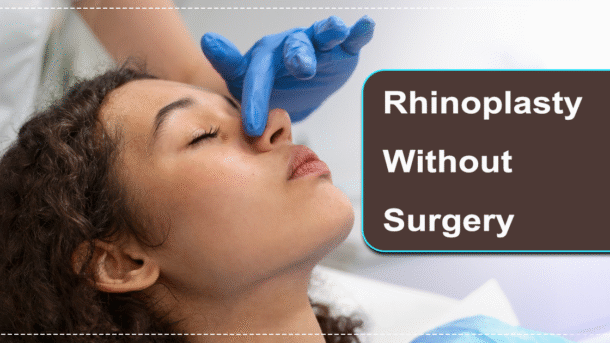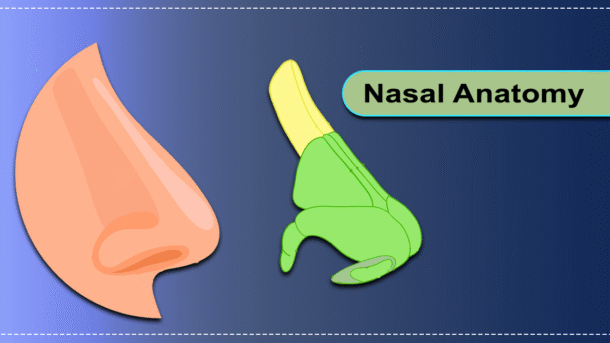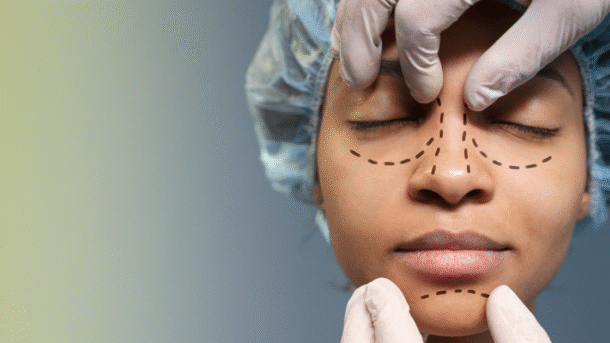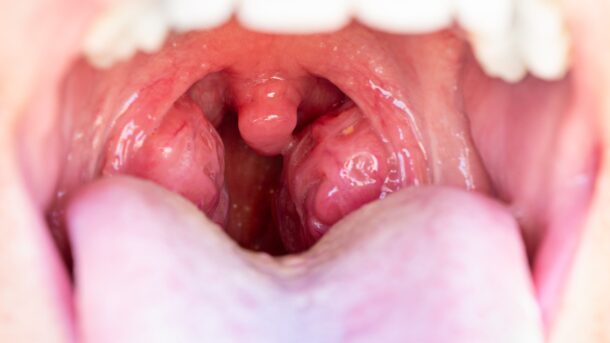In today’s world of advanced cosmetic plastic surgery and facial aesthetics, you no longer need to go under the knife to reshape your nose. Non-surgical rhinoplasty...
Continue reading...My Blogs
Knowing Nasal Anatomy and Why It’s Important for Rhinoplasty?
When people hear the terms “rhinoplasty” or “nose job”, they typically think of changing the size or form of the nose. Rhinoplasty, on the other hand,...
Continue reading...What Is Rhinoplasty?
**Rhinoplasty**—often referred to as a “nose job”—is a surgical procedure aimed at changing the shape, size, or structure of the nose. It can be done for...
Continue reading...Tonsil Surgery: Tonsillectomy
Q1: What are tonsils? Tonsils are two glands found on each side of the throat that help protect the body from germs. Q2: Does the child...
Continue reading...





